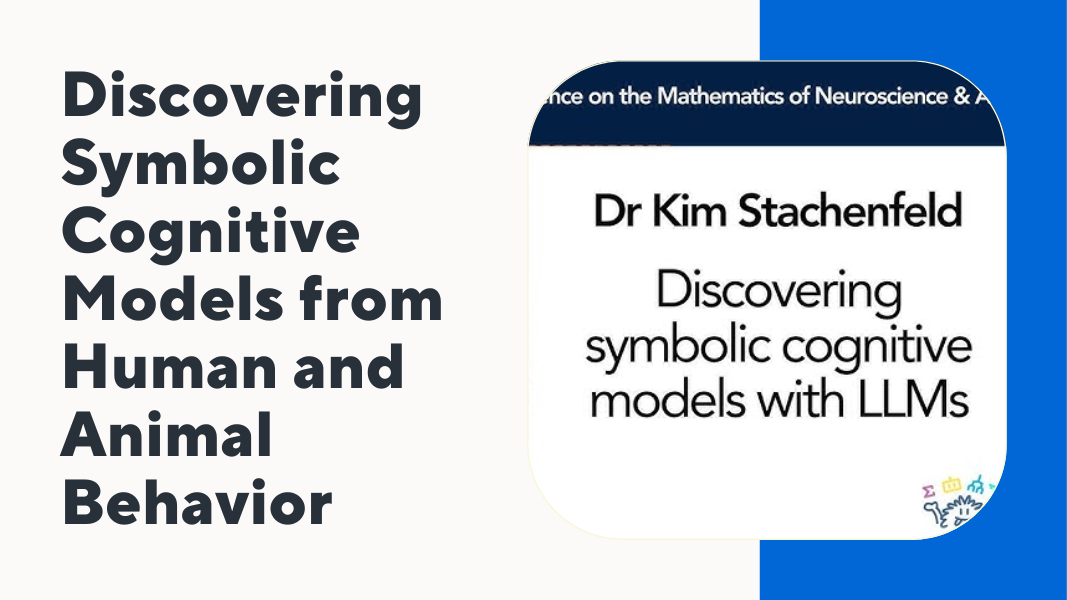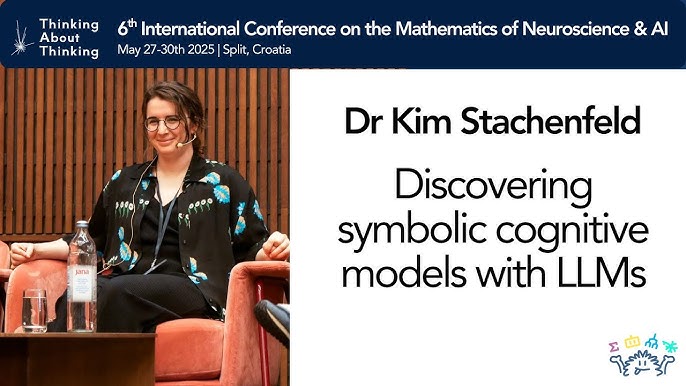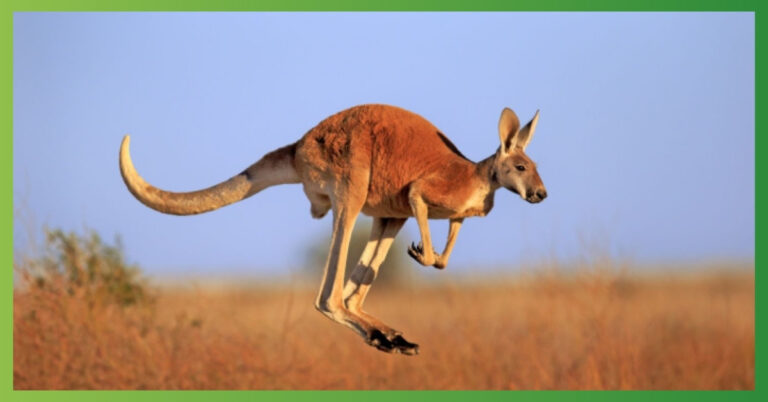Discovering Symbolic Cognitive Models from Human and Animal Behavior

Every movement in nature holds meaning — a bird’s flight, a wolf’s howl, a child’s laughter. Beneath our daily actions lie intricate webs of behavior shaped by instinct, emotion, and thought. When we observe both human and animal behavior with a symbolic lens, we begin uncovering timeless truths — patterns that whisper of cognition, memory, and intuition.
The concept of discovering symbolic cognitive models from human and animal behavior invites us to explore how both species express internal states through external patterns. These behaviors, when mirrored in storytelling, dreams, rituals, or myths, become powerful spiritual models for awareness and personal growth.
This article will explore the hidden wisdom encoded in behavior — how animals and humans reflect each other symbolically, what ancient cultures believed about these patterns, and how they guide us to live more awakened lives. Ready to decode nature’s symbols? Let’s begin.
The Spiritual Meaning Behind Shared Behavior

Symbolism lives in repetition. When a cat kneads its paws or a human paces in deep thought, both are expressing internal processes — stress, comfort, instinct. In the symbolic realm, these behaviors become metaphors: the cat’s movement as an echo of ancestral memory; the human’s restlessness as a sign of unresolved inner questions.
Cognitive models — or mental maps of how we process, learn, and react — are not exclusive to humans. Animals, too, form patterns, recognize symbols, and anticipate outcomes. A dolphin mimics gestures. A crow solves puzzles. A child copies a parent’s tone. These are not just behaviors, but signals of consciousness.
When viewed symbolically, behavior becomes a teacher. The fox’s cunning warns us of trickery. The elephant’s grieving gestures remind us of emotional depth. The human smile, universal and primal, signals peace across all boundaries. Observing these patterns across species helps us understand our own symbolic mind.
To discover a symbolic cognitive model is to witness behavior not just as reaction — but as sacred expression. It’s a way of seeing ourselves in nature, and nature in ourselves.
Myths and Models: Behavior Across Cultures
Across time, cultures have interpreted animal and human behavior through a symbolic lens — often giving rise to entire spiritual systems and mythologies.
In Ancient Egypt, the ibis (Thoth) symbolized wisdom because of its meticulous movement and pattern recognition. Watching birds align and migrate inspired the Egyptians to model time, navigation, and even ethics on natural order.
Indigenous American traditions honor animals as “teachers.” The bear, when seen lumbering alone, is a guide of introspection. The hawk, circling overhead, signals vision and spiritual readiness. These interpretations aren’t arbitrary — they arise from attentive observation, then encoded into spiritual practice.
In Eastern traditions, especially in Taoism and Zen Buddhism, the behavior of both humans and animals is studied not to control, but to harmonize. A flowing stream teaches surrender. A cat’s stillness reflects inner mastery. Monks meditate with the intent to “be like the tree” or “watch like the owl.”
These diverse traditions affirm a shared truth: that meaning is embedded in behavior — and to study it is to glimpse a divine model of mind and spirit.
What These Patterns Say About You
If you’re drawn to the idea of interpreting behavior symbolically, you likely carry traits of deep perception and emotional insight. People who resonate with symbolic cognitive models often:
- Notice small cues in others — a sigh, a twitch, a tone shift
- Reflect on their own actions, asking “What does this mean?”
- Feel connected to animal behavior, sensing kinship or metaphor
You may find meaning in a deer’s pause, a bee’s rhythm, or even your own nervous habits. This doesn’t mean over-analyzing every gesture — it means living attuned to messages hidden in motion.
Symbol-minded individuals are often natural guides, empaths, healers, or storytellers. They see patterns others miss. And in doing so, they bring spiritual clarity to everyday life.
Dreaming of Behavior: What It Reveals
Dreams are one of the richest landscapes for symbolic behavior. In dreams, we often see animals or people behaving in exaggerated or unusual ways. These symbols aren’t random — they reflect our subconscious trying to build models of meaning.
- Dreaming of a bird mimicking human speech might suggest a lesson about communication and listening to intuition.
- A dream of a child walking like a lion could represent personal courage rising within.
- Observing yourself hiding like a rabbit may symbolize vulnerability or avoidance.
Totemic dreams — where an animal acts in a conscious or guiding way — are especially powerful. The behavior you observe is often the message itself. Pay attention to movement, rhythm, and interaction. Each can be decoded for spiritual guidance.
Ways to Channel the Energy of Symbolic Behavior
Bringing symbolic cognitive awareness into your life doesn’t require scientific study — just spiritual presence. Here are ways to integrate this wisdom daily:
- Mindful Observation
Watch people, pets, or wildlife without judgment. What do their movements express? - Behavior Journaling
Track your own repetitive actions (pacing, doodling, tapping). What emotional states trigger them? - Symbolic Meditation
Visualize an animal in motion. Focus on how it moves. What does that teach you? - Story Reflection
Write a short fable or myth inspired by something you observed today. - Dream Recall
Upon waking, write any dream that involved movement or interaction. What pattern did it show? - Embodied Rituals
Try mimicking an animal’s gesture during meditation — like the stillness of a deer or the curling of a cat. Let it inform your state of mind.
These practices are less about science and more about soulful alignment. They reconnect us to the wisdom of instinct and imagination.
Why This Symbolic Lens Matters Today
In an age driven by speed, logic, and digital noise, returning to nature’s models offers healing. Watching a flock of birds navigate together or seeing a child mirror their caregiver reminds us that learning is not always spoken — it’s felt, observed, embodied.
Symbolic cognition helps us recognize that behavior is never random. It’s rooted in memory, emotion, and sometimes ancestral wisdom. By exploring these patterns, we bridge science and soul, instinct and intention.
Today, many are rediscovering this wisdom through trauma healing, mindfulness, animal-assisted therapy, and somatic practices. These are all modern echoes of ancient truths: that movement reveals spirit, and behavior encodes meaning.
Read: What Animal Is a Symbol of Power Egyptian
Read: Virgo Animal Symbol Meaning
Read: Zodiac Symbols Animals
Read: Coyote Spirit Animal Meaning
Read: Anime Angry Symbol
FAQs
What is a symbolic cognitive model?
A symbolic cognitive model refers to a pattern or representation that explains how minds — human or animal — interpret and act based on internal symbols or meanings.
How do animals express symbolic behavior?
Animals often display behaviors with deep patterns, such as mourning, play, or mimicry, which suggest internal symbolic or social understanding.
Can dreams about animals reveal spiritual insights?
Yes, dreams involving animals often reflect subconscious messages. Their behavior in the dream usually holds symbolic meaning for your life.
Why is human behavior studied symbolically?
Symbolic behavior in humans — gestures, habits, tone — can reveal emotional states, subconscious beliefs, or cultural storytelling.
How can I start noticing symbolic patterns?
Begin by observing small, repetitive actions — in others, in animals, and in yourself. Reflect on what they might metaphorically represent.
Conclusion
The path of discovering symbolic cognitive models from human and animal behavior is both ancient and profoundly personal. It invites us to see meaning in motion, story in stillness, and consciousness in instinct. Through this lens, the world becomes a sacred mirror — reflecting lessons, patterns, and truths waiting to be understood.
Open your heart, quiet your mind, and let behavior speak its hidden language. The symbols are all around you — waiting to be seen.






